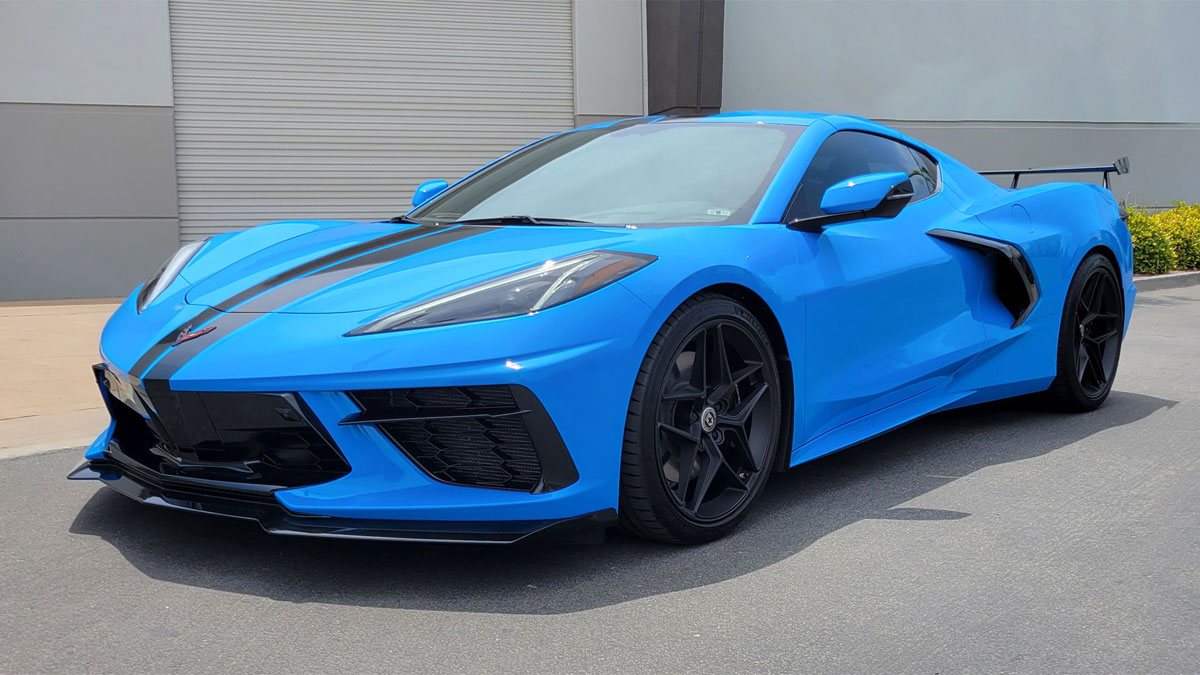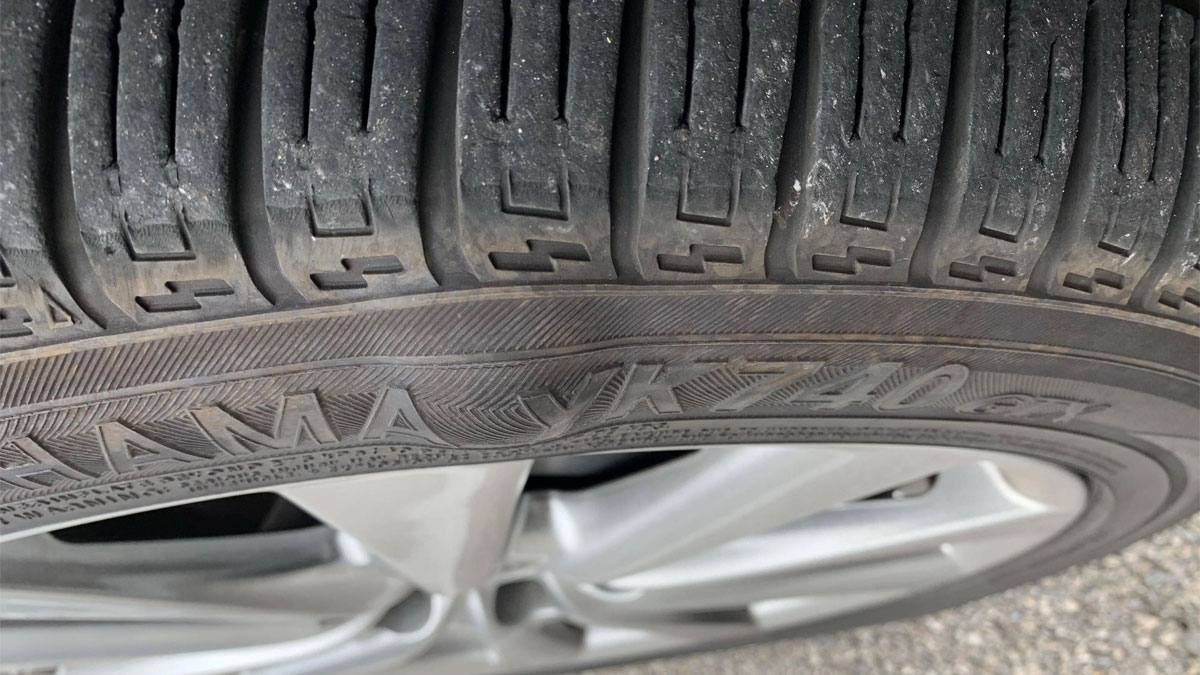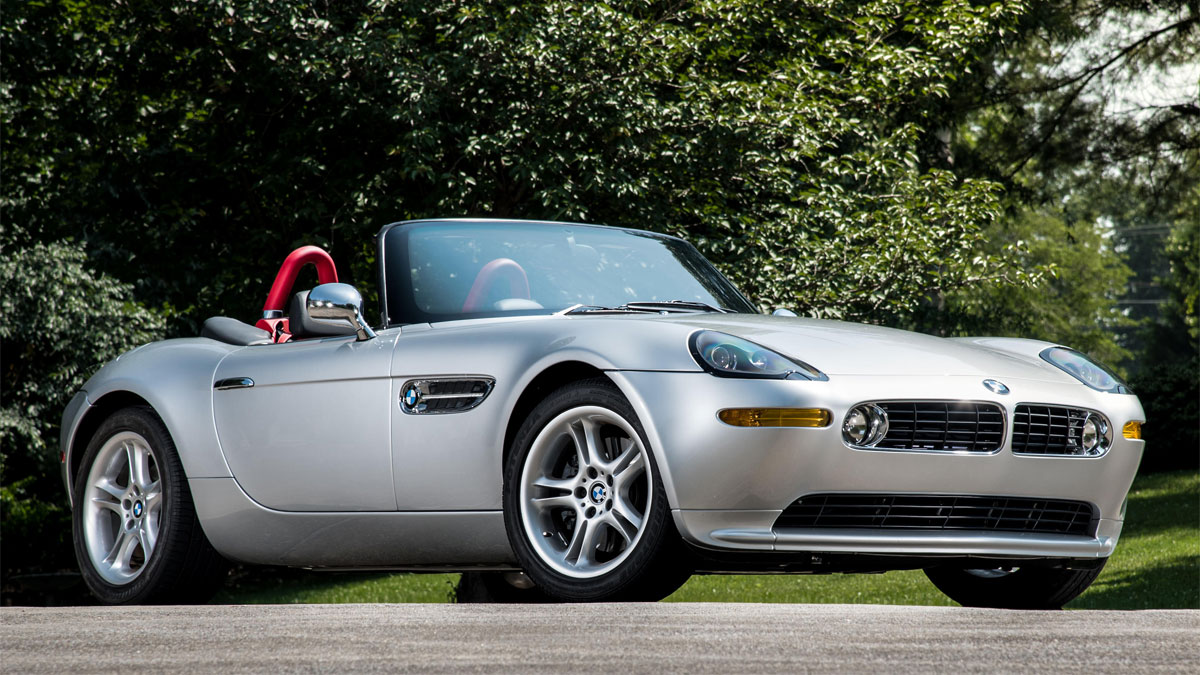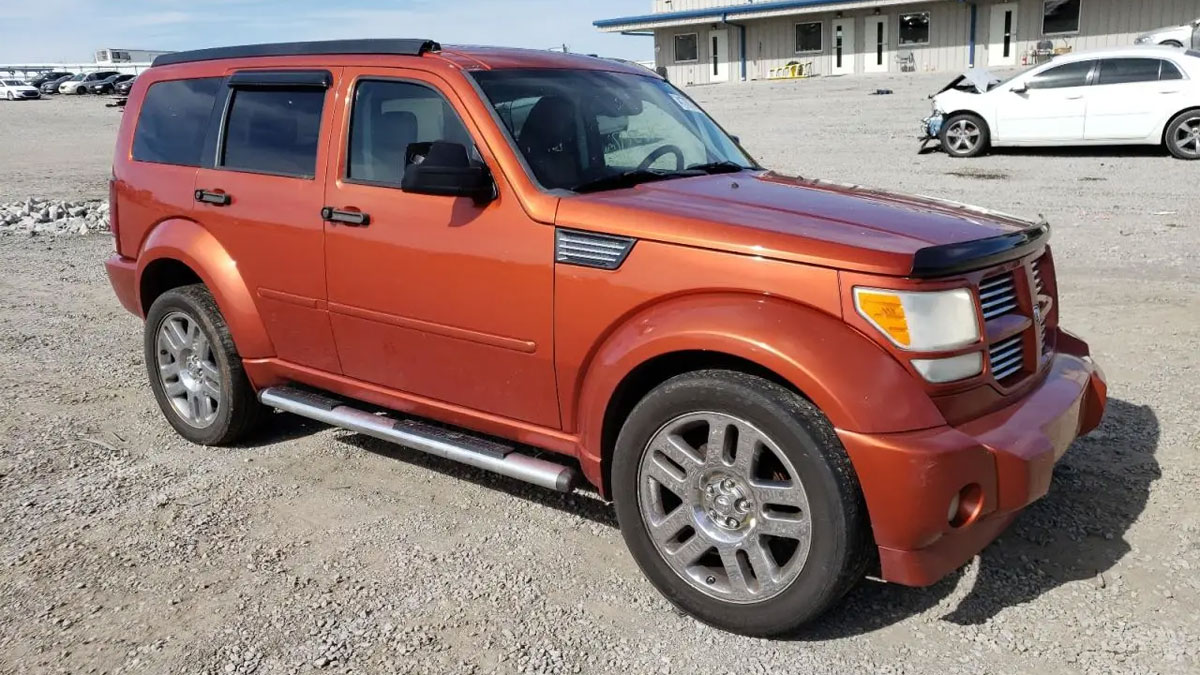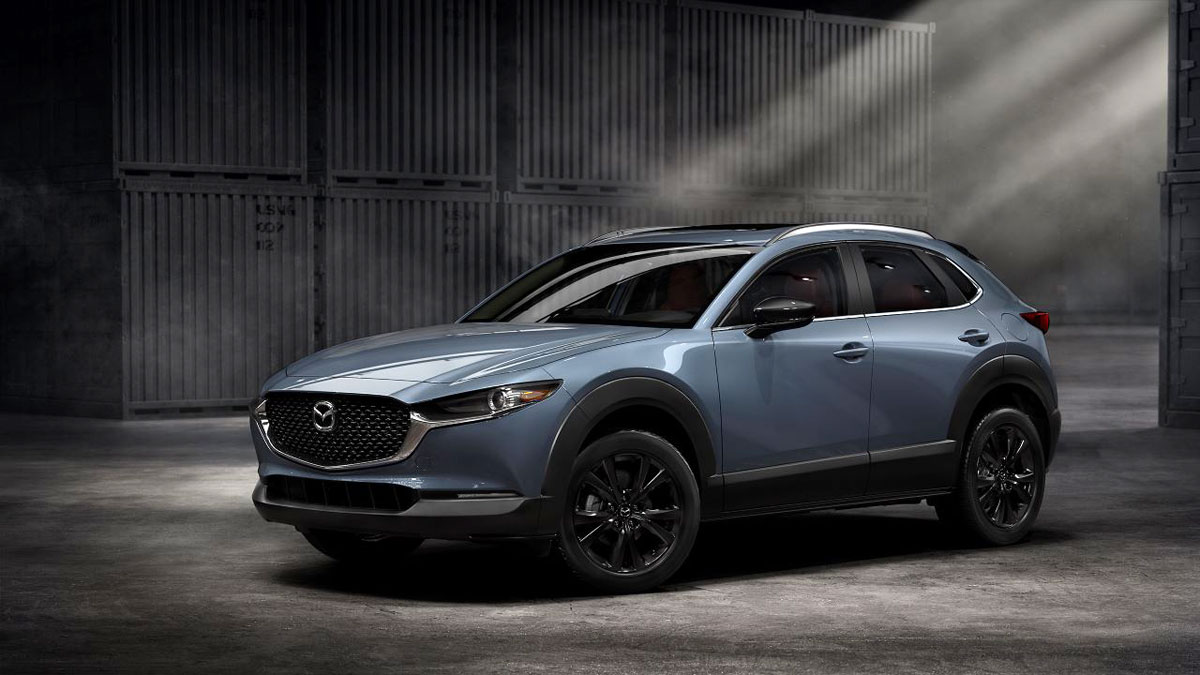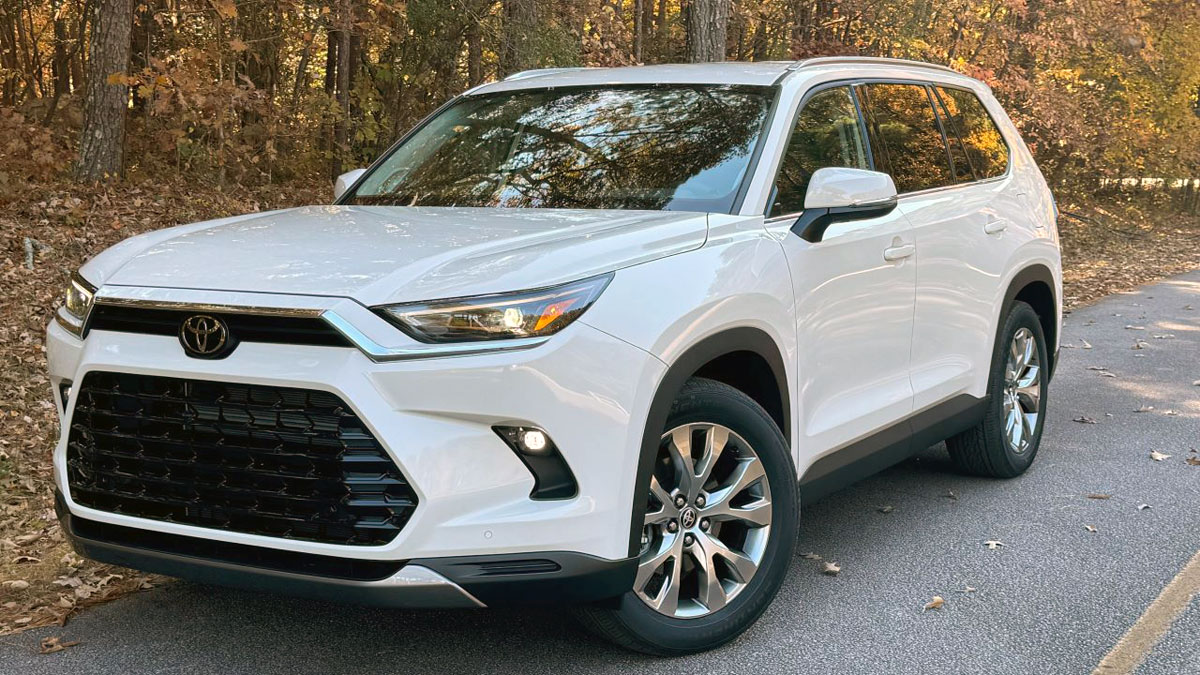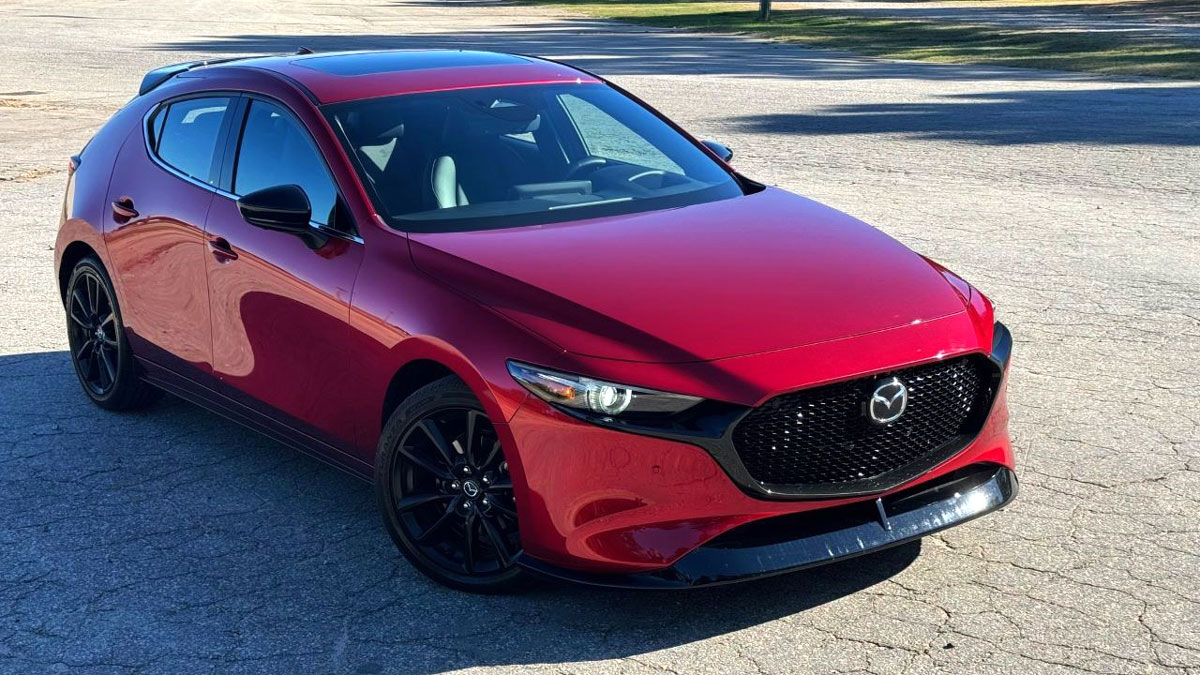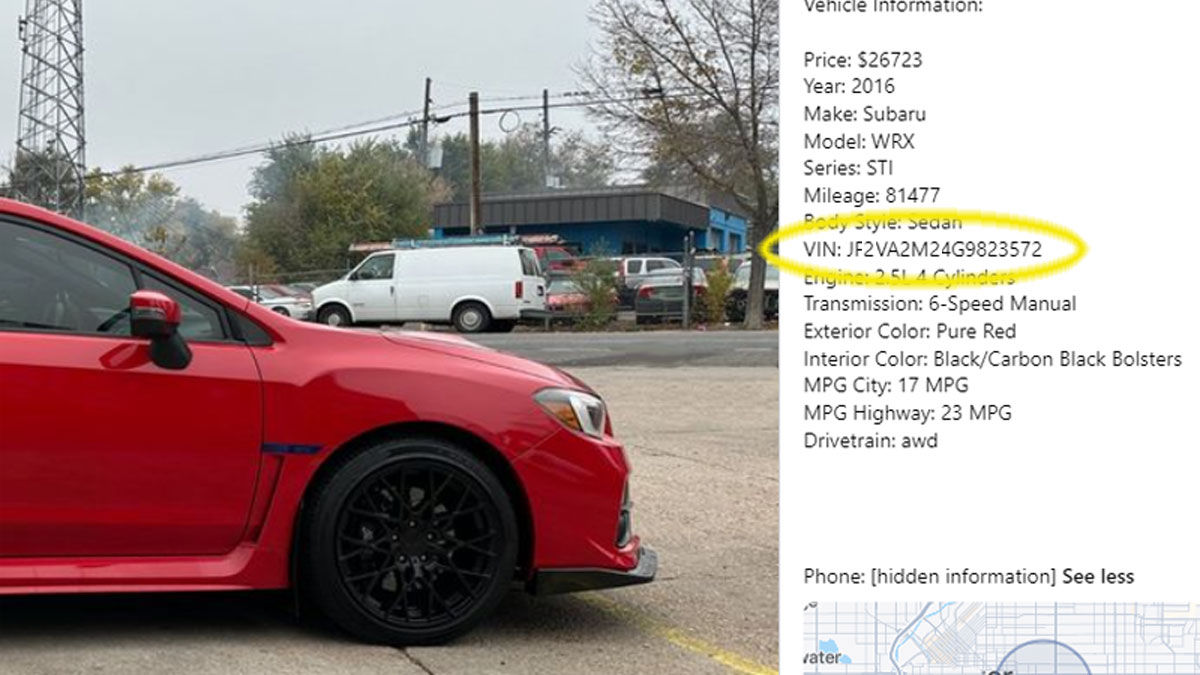Common Causes of a Car That Won’t Start In Cold Weather (and What To Do)
It’s a frosty morning, and you’re already running late for work. You turn the key in your car’s ignition or push the Start button, but instead of the engine roaring to life, you’re met with a demoralizing silence. Sound familiar? Cold weather can wreak havoc on your car’s ability to … Read more


